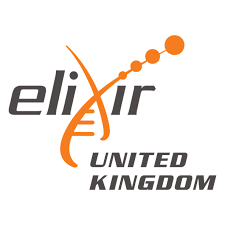
GtoPdb is requesting financial support from commercial users. Please see our sustainability page for more information.
SLC54 Mitochondrial pyruvate carriers C
Unless otherwise stated all data on this page refer to the human proteins. Gene information is provided for human (Hs), mouse (Mm) and rat (Rn).
Overview
The mitochondrial pyruvate carrier (MPC) is composed of SLC54 family members (MPC1 or MPC1L and MPC2) [1,4,9], which form functional hetero-dimers [7-8]. The MPC is expressed in the inner mitochondrial membrane and is responsible for the import of pyruvate into mitochondria [1,4]. Pyruvate is oxidized to acetyl-CoA by pyruvate dehydrogenase which is localized in the mitochondrial matrix. Ubiquitous disruption of either MPC1 or MPC2 expression results in embryonic lethality [10-11]. Clinically relevant concentrations of the insulin sensitizers, thiazolidinediones, inhibit the MPC [2]. Other clinically relevant inhibitors of the MPC complex are lonidamine [6-7], quinolone antibacterials [5], entacapone and nitrofurantoin [7].
Transporters
|
mitochondrial pyruvate carrier 1 / SLC54A1
C
Show summary »
More detailed page |
|
mitochondrial pyruvate carrier 2 / SLC54A2
C
Show summary »
More detailed page |
|
mitochondrial pyruvate carrier 1 like / SLC54A3
C
Show summary »
More detailed page |
Comments
Further reading
How to cite this family page
Database page citation (select format):
Concise Guide to PHARMACOLOGY citation:
Alexander SPH, Fabbro D, Kelly E, Mathie AA, Peters JA, Veale EL, Armstrong JF, Faccenda E, Harding SD, Davies JA et al. (2023) The Concise Guide to PHARMACOLOGY 2023/24: Transporters. Br J Pharmacol. 180 Suppl 2:S374-469.










SLC54 family of transporters form hetero-dimers responsible for the accumulation of pyruvate into mitochondria, to link glycolysis with oxidative phosphorylation.